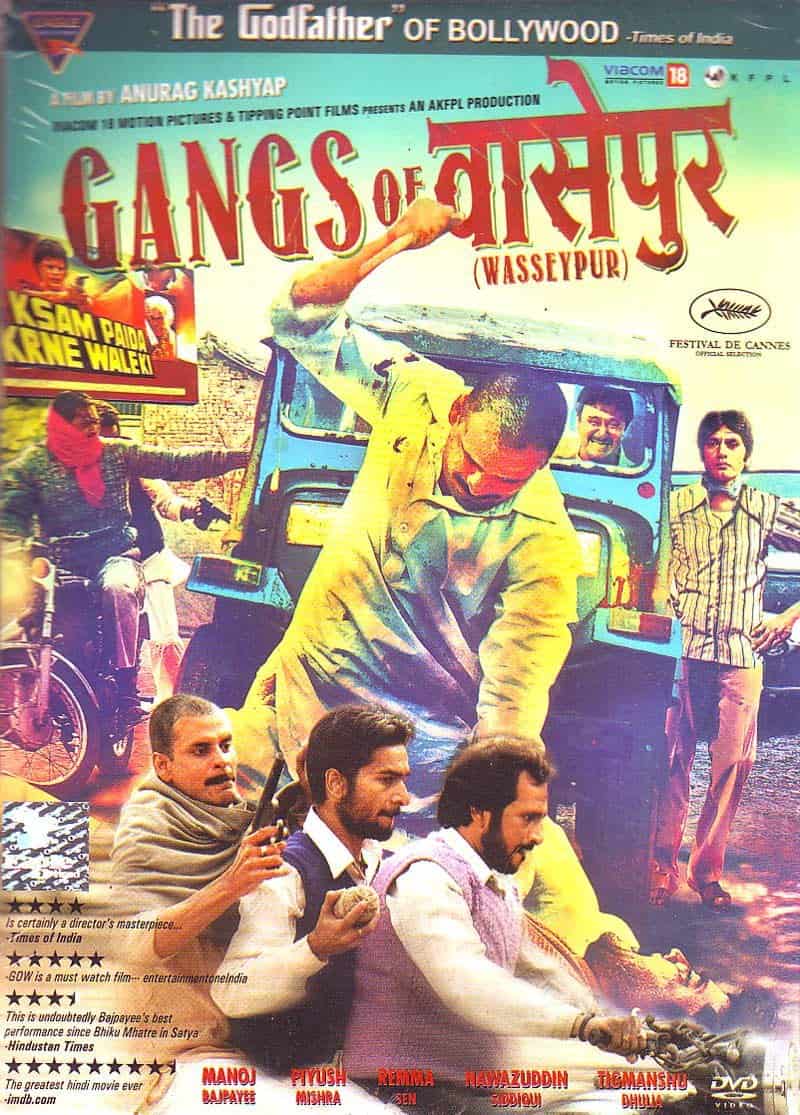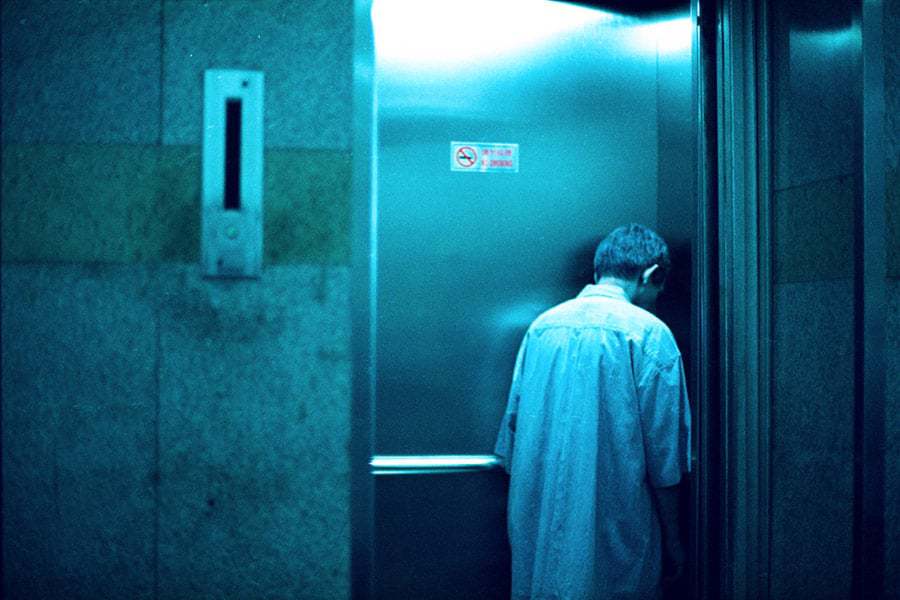Before I watched the film, I had heard comments like “Indian epic,” “one of the best Asian films ever produced,” “a true masterpiece” and other similar characterizations, which usually make me suspicious, to say the least. However, in this case, every dithyramb was absolutely true as “Gangs of Wasseypur” is one of the best gangster films ever produced.
The script, which stretches over 5 hours, tells the story of the family of Khans over 5 generations and their adventures in the city of Wasseypur, where mafia wars and lawlessness seem to be the rule. Starting in the 40s with Shahid Khan, the story then moves on Sardar Khan, who found his apogee in the 70s, and ends with one of his sons, Faizal, and Definite, Sardar's son from a different woman. Throughout all these years, the archenemy of the family remains Ramadhir, a corrupt official who starts as a trade union leader and eventually becomes a powerful politician. As the years pass, another major enemy emerges in the face of Sultan, despite the fact that his sister marries into the Khans. Smuggling, initially of coal and then of iron is another focal point, while the script also deals with the sociopolitical and economical change in the area, through the decades.
In an unprecedented one man show, Anurag Kashyap, co-wrote, produced and directed the film, in a style that is much reminiscent of early Guy Ritchie films (Lock, Stock and Two Smoking Barrels, Snatch) both in context, with the mafia, and technically, since the film uses extensively slow and stop motion, close cut editing, quick, explanatory flashbacks and great mixture of image and music. In the latter aspect, the film is a true audiovisual masterpiece, with Rajjev Ravi's cinematography splendidly portraying the decaying environment of the city and the depiction of the various timelines being accurate in all of their aspects, in a trait that also benefits the most from Subodh Sirastava's costumes. Shweta Venkat's editing is another point of excellence, in the fashion I just described, with its general style finding its apogee in the plethora of action scenes, as is the case with the cinematography. The soundtrack of the film is one of the best I have ever heard, as it benefits the most from its combination with the images of the film. The technical excellence becomes even more impressive when one considers that its budget was meagre, although the fact is not visible at all.
Kashyap created a number of very interesting characters, with Sardar, Faizal, and Sultan being the most interesting of all. Among all the violence that feature much blood and gore, and the almost constant cursing, Kashyap also managed to entail much humor in the film, which is either subtle, or absolutely coarse, at times, since Kashyap does not seem to pull any punches regarding any aspect of Indian society. This trait was the one that probably resulted in the film not being a great success in its country, and definitely in its banning from Kuwait and Qatar. The women in the film have mostly secondary parts, apart from Sardar's wife, Nagma Khatoon, who features in the most part of the movie. The one thing all of them have in common, though, is that they are gorgeous. The second part of the film, where Faizal becomes the protagonist, takes a darker tone, which mirrors his character that is shaped by his opiate abuse and the drama that surrounds him. The difference with the first part, where Sardar is the protagonist and is more easygoing (sort of speaking with all that violence) is obvious, and, actually, benefits the film.
In terms of acting, among the vast plethora of actors appearing, four stand apart. Nawazuddin Siddiqui as Faizal Khan is magnificent in portraying a character that can be ruthless, overly ambitious, but tender to the point of even being afraid of his women. His first wife, Nagma Khatoon, who is played by Richa Chadda, holds the most important female role as the matriarch of the family. The scene where she shoves the cops who search for her husband out of the house and the ones he has to deal with Faizal's second wife are the highlights in a great performance. Nawazuddin Siddiqui as Faizal Khan is also astonishing in portraying the silent and cruel killer, who everybody thinks as incompetent, since they fail to acknowledge his powers of manipulation and cold calculation, at least in the beginning. Pankah Tripathi is also great as the cold-blooded enemy of the Khans, Sultan, with his reaction in his sister's wedding to the Khans being the highlight of his performance. Tigmanshu Dhulia is also quite good as Ramadhir, the archenemy of the Khans and the same applies to Zeishan Quadri as Definite, although both of their performances are on a lower level than the aforementioned. Overall, the overwhelming majority of the cast does very good work, in one of the film's greatest assets.
“Gangs of Wasseypur” is a must-see for all, a true epic both aesthetically and technically, in a great mixture of elements from “The Godfather” and “Snatch.”

















Some of the content is wrong. Nagma Khatoon played by Richa Chadda is Faizal’s mother. Not his first wife. That should be Sardar Khan played by Manoj Bajpayee. He had two marriages in the films. Please correct.